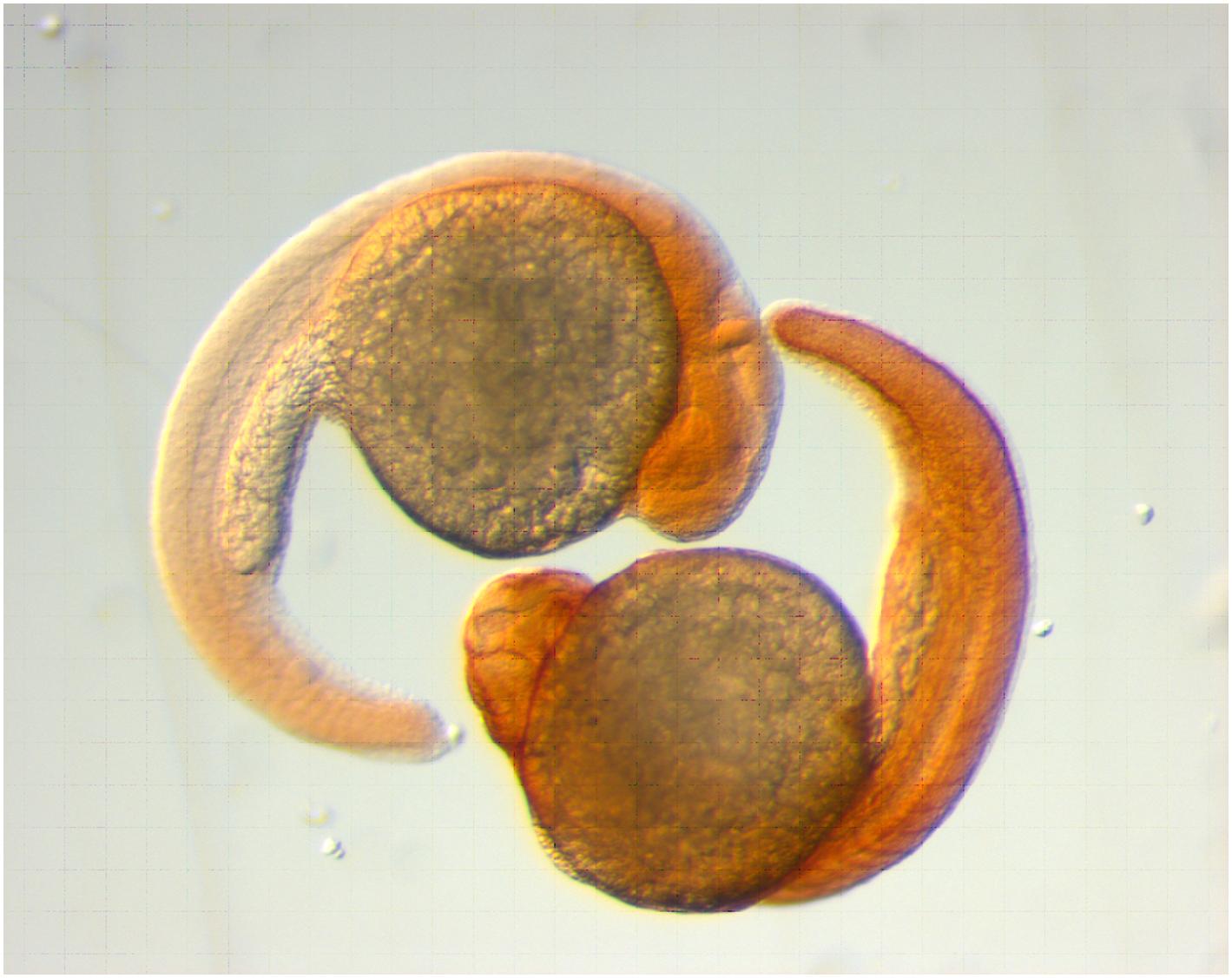Physical Address
304 North Cardinal St.
Dorchester Center, MA 02124
Zebrafish is a preeminently suitable model organism for cancer research and has been shown to complement murine model systems to assay tumor cell malignancy, progression, and drug screening after xenotransplantation [ ]. A high conservation of (proto-)oncogenes and tumor suppressor genes between zebrafish and human, renders the zebrafish model ideal for identifying clinically relevant genes and compounds. In addition, zebrafish form tumors with similar histopathological and gene profiling features as human tumors; xenotransplantation with human carcinoma cells is therefore possible and translational information for human tumors can be obtained. Advantages of the zebrafish as cancer model include:
It is a cost-effective in vivo model because of the limited space needed, the high fecundity, and short generation time. The economic aspect is of particular importance for bone tumor research, which is not easily funded because of its uncommonness.
The zebrafish genome has been fully sequenced and genetic manipulation tools have been developed and widely used [ ]. About 70% of human genes were shown to have at least one obvious zebrafish orthologue.
A systematic catalogue of zebrafish mutants is generated [ ].
Stable tissue-specific fluorescent transgenic lines are available, thereby allowing visualization of different developmental processes, such as angiogenesis and bone and cartilage development.
Drug screens are expedited by the fact that drugs can simply be administered to the swimming water.
Anticancer medicine development, biodistribution, and targeting efficacy are possible utilizing the zebrafish model [ ].
There is the opportunity to perform quick studies in the transparent embryos, which undergo a full external development. Experiments on embryos usually do not require ethical approval until 5 days postfertilization (dpf).
The adaptive immune system in zebrafish does not reach maturity until 4 weeks postfertilization [ ], allowing circumvention of cell graft-host rejection by using zebrafish in early stages.
Optical transparency of embryos enables noninvasive live imaging of cancer progression and manipulation at single cell resolution.
Xenografting of fluorescently labeled tumor cells can be performed fast by injecting cells into the yolk sac and circulation of zebrafish embryos ( Figure 5.1 ). Both the injection and the analysis can be automated [ , ].

Patient-derived xenografts (PDXs) in zebrafish larvae and immunodeficient adults zebrafish are established and tested for personalized drug response [ , ].
Become a Clinical Tree membership for Full access and enjoy Unlimited articles
If you are a member. Log in here